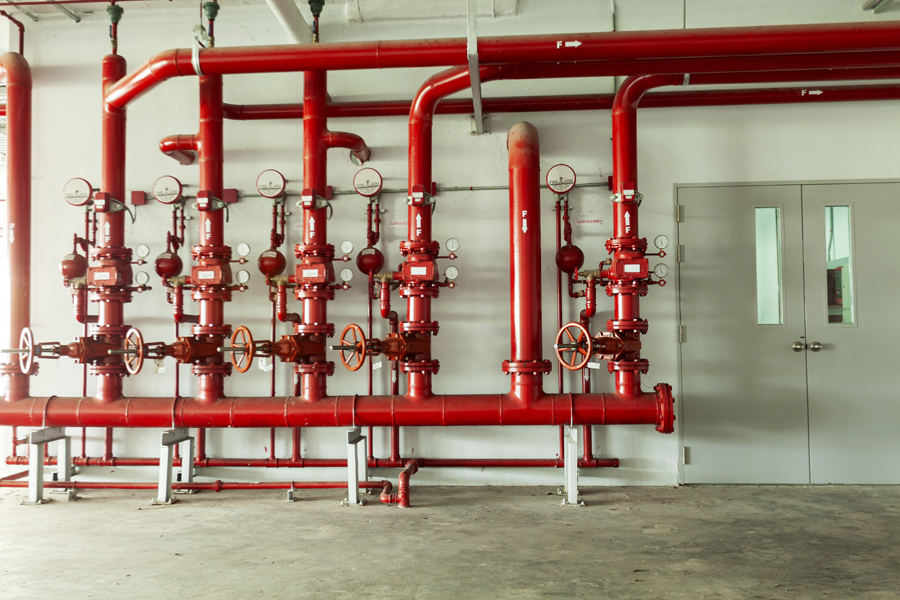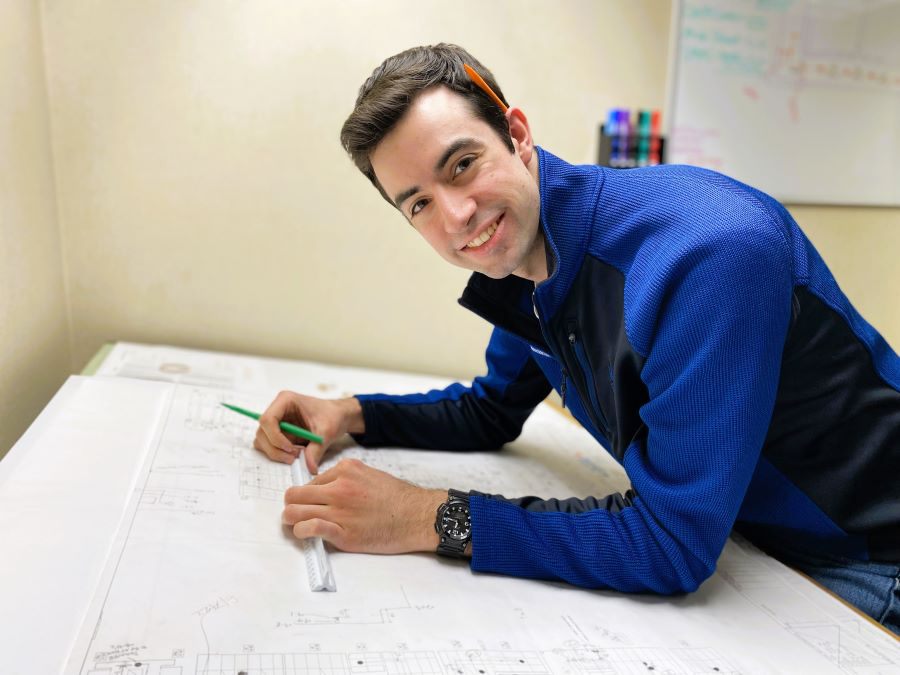FIRE SUPPRESSION SYSTEMS
Your Trusted Partner in Protection
Fire Suppression Systems
Since 1957, Oliver Fire Protection & Security has established itself as the region’s foremost authority in Fire Suppression Systems. With unwavering commitment to our customers and delivering the highest in customer satisfaction and safety. We offer:
- Comprehensive installation of fire suppression systems in new construction projects
- Retrofitting solutions for existing structures
- Solution-oriented modifications to current operating systems.
Our seasoned team of professionals possess the experience and technical proficiency to take on your most challenging fire suppression projects with tailored solutions based on your specific needs. Allow us to demonstrate our expertise on your next fire suppression project.

Types of Fire Suppression Systems
Fire Sprinkler piping is filled with pressurized water. Heat from a fire activates nearby sprinkler heads and dispenses water onto the heat source.
Top 5 occupancies that you will see these types of fire protection systems are:
- Office Buildings
- High-Rise Residential
- Retail Stores
- Restaurants
- Hotels
Dry sprinkler systems use automatic sprinkler heads that are connected to a piping system containing compressed air or nitrogen instead of water. Why a sprinkler head is fused, it will first unleash the air/nitrogen in the system followed by water directly to heat source.
You will typically find this type of system used in situations like:
- Unheated storage areas
- Coolers
- Loading docks
Deluge Systems are similar to pre-action systems in that the fire sprinkler piping is not primed with water and fire detectors are used to first detect a heat source. After detecting a heat source, the deluge valve releases water into the system. All of the sprinkler heads attached to that fire sprinkler system will discharge water. This is because the sprinklers are “open type” and do not use a “fusible element”.
These applications can be found in:
- Transformers
- Cooling tanks
- Operating equipment
- Generators
Fire Pumps are required in buildings where supplied water pressure does not meet the system demand. They are a specialized piece of equipment that will increase the incoming water pressure. Pumps are typically Electric Driven or Diesel powered models.
5 Types of Fire Pumps:
- Horizontal Splitcase
- Vertical In-Line
- Booster Pump
- End Suction Pump
- Jockey Pump
Backflow preventers are used to protect potable water supplies from contamination that can occur from the reverse flow of water in a non-potable piping system.
Two Most Popular Types of Backflows:
- Double Check Valve Assemble (DCV)
- Reduced Pressure Zone Assembly (RPZ)
Fire hydrants and water service mains provide critical access to water for firefighters, enabling rapid extinguishment of fires, safeguarding lives and protecting property. Their reliability ensures essential support for emergency response systems, enhancing community safety. Our emergency team is on-call 24/7. Our seasoned team of excavators and sprinkler fitters are experienced in installing cement-lined ductile iron (CLDI), underground PVC pipe and fittings and are pros in hydrant installation, repair and replacement.
When traditional water-based systems are not viable in protecting sensitive equipment, highly flammable or explosive materials, a Special Hazards System may be the best approach. Oliver is able to provide special fire suppression solutions such as:
- Clean Agent systems
- Low and High Expansion Foam Systems
- Foam Water Sprinkler and Foam Water Spray Systems
- Water Mist Systems
- Carbon Dioxide Systems

Do You have an Upcoming Project?
To have OliverFPS bid on your next project or to request a proposal for installing, repairing, modifying or inspecting your building’s fire suppression system, contact us by CLICKING HERE
